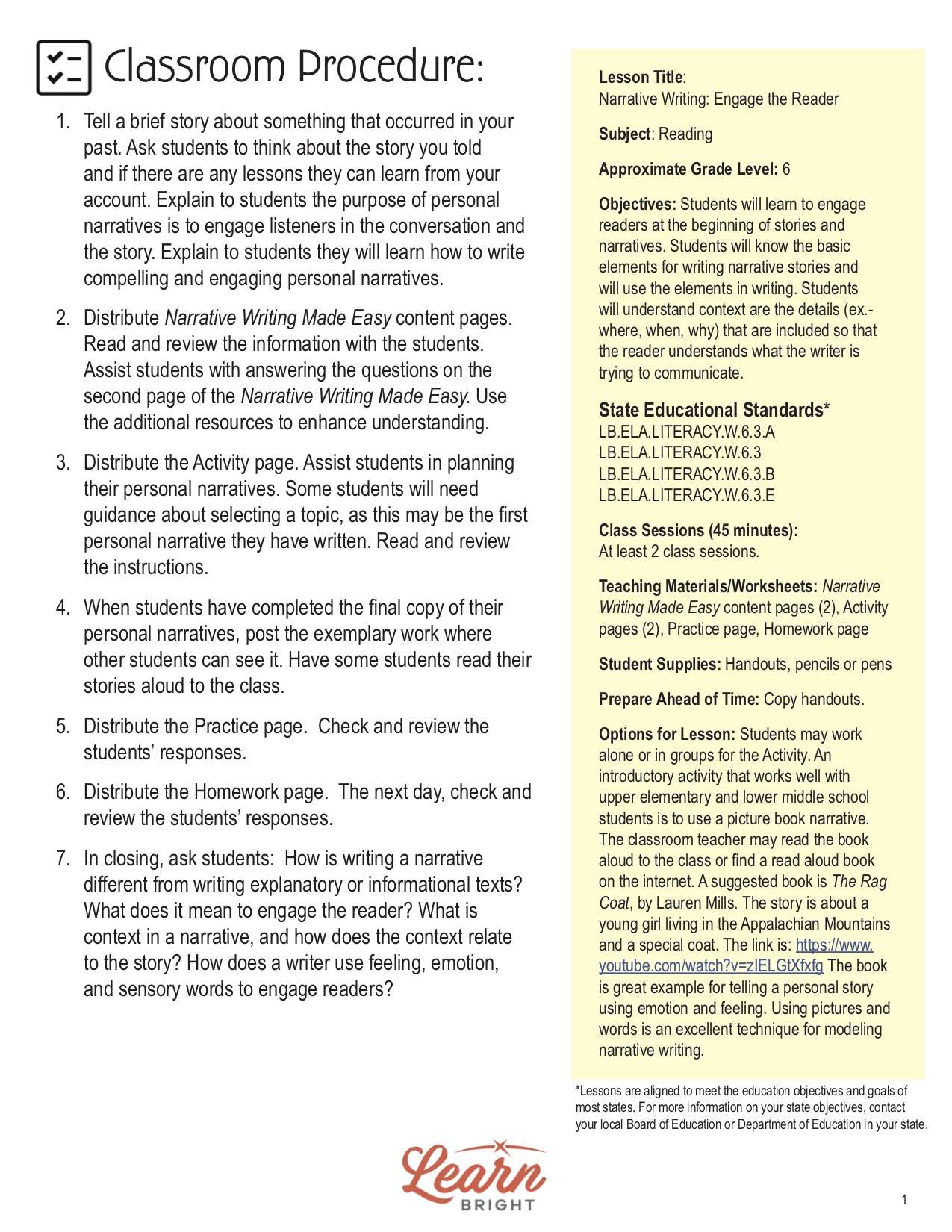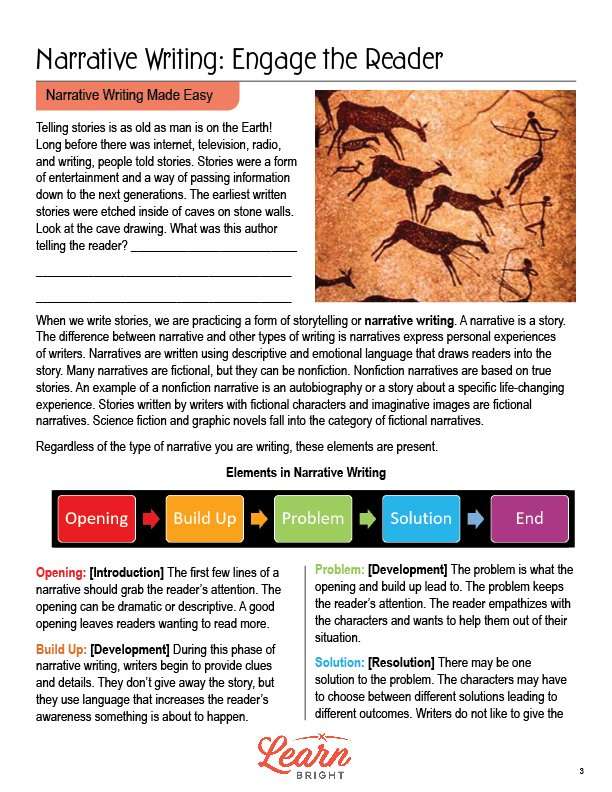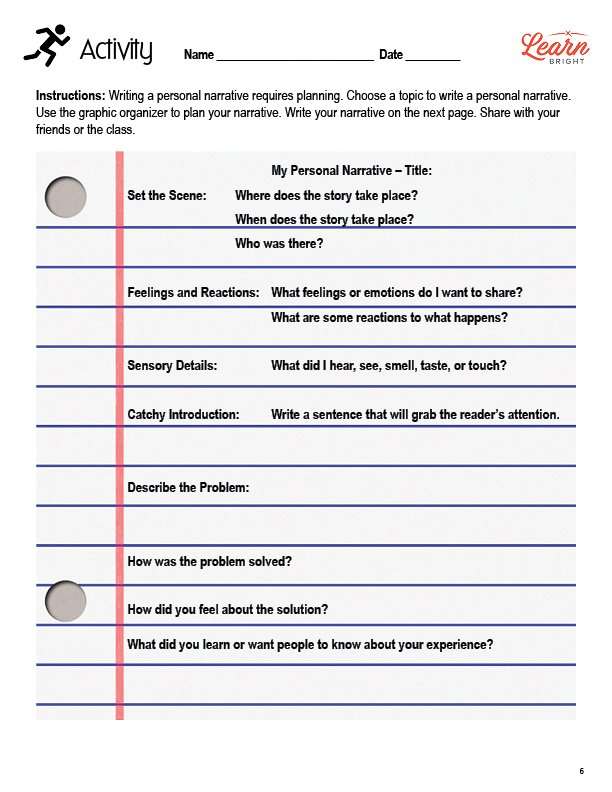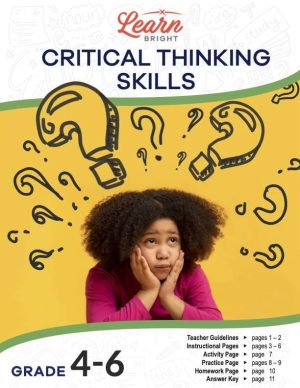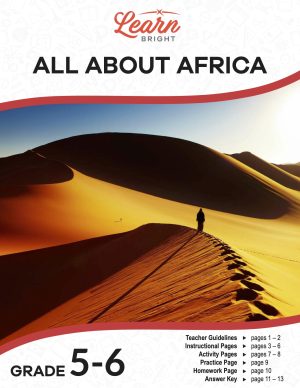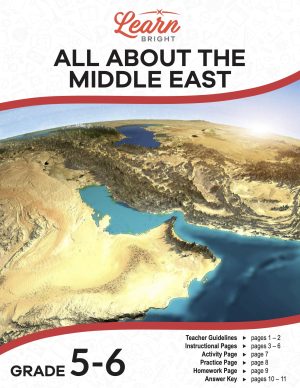Description
What our Narrative Writing – Engage the Reader lesson plan includes
Lesson Objectives and Overview: Narrative Writing – Engage the Reader teaches students how to engage a reader at the beginning of a piece of writing. Students will learn and use basic elements for writing narrative stories. They will understand that details such as when and why provide context for their stories. By the end, they will recognize the importance of using certain language to paint a picture for readers.
There are three content pages in this lesson. Starting out, students will discover how storytelling is a very old tradition. Before books, radio, and TV, people told stories as a way to entertain or pass on information. The lesson explains the concept of narrative writing as a story that involves personal experience. Narratives can be both nonfiction and fiction. For example, an autobiography is a narrative that is nonfiction.
The lesson explains that regardless of the type of narrative, it will always include several elements. These elements are opening, build up, problem, solution, and end. Students will define each element and be able to explain what it means. The lesson presents an easy guide for outlining a narrative piece of writing. Students can use the example to practice organizing the information for each element.
GRAPHIC ORGANIZER ACTIVITY
For the activity section, students will write a personal narrative. The first activity page contains several prompts on a graphic organizer that will help them plan out the story. They will have to choose a topic to write about and answer the prompts. There is a second activity worksheet that they can use to write their narrative story once they have gathered the details.
REWRITE THE SENTENCE PRACTICE WORKSHEET
The practice worksheet requires students to work on their skill of revising statements. There are eight sentences on the worksheet. Students must rewrite the sentences to make them more engaging to capture readers’ attention.
NARRATIVE WRITING – ENGAGE THE READER HOMEWORK ASSIGNMENT
For the homework assignment, students must read a short passage about a person’s vacation. Similar to the practice worksheet, they must then revise the story to make it more engaging for readers.


